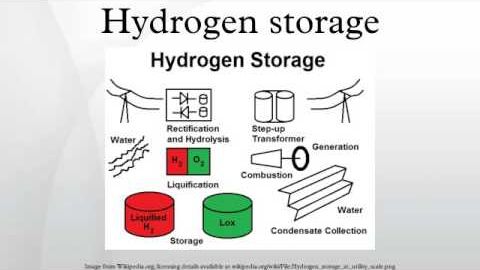
字幕と単語
動画の中の単語
content
US /ˈkɑnˌtɛnt/
・
UK /'kɒntent/
- adj.満足している;満足した
- n. (c./u.)内容;主題;コンテンツ;満足;コンテンツ;含有量
- v.t.満足させる
- v.i.同意する
A2 初級
もっと見る work
US /wɚk/
・
UK /wɜ:k/
- n. (c./u.)作品 : 著作物;作品 : 著作物;仕事;職場;作業結果 : 業績
- v.t./i.うまくいく;機能する;働く;努力する;動かす
- adj.仕事
A1 初級TOEIC
もっと見る pressure
US /ˈprɛʃɚ/
・
UK /'preʃə(r)/
- n. (c./u.)重圧 : プレッシャー;圧力;説得;プレッシャー;圧力 (物理);圧力 (印刷);時間的プレッシャー;政治的圧力;血圧
- v.t.圧力をかける;強く説得する
A2 初級TOEIC
もっと見る エネルギーを使用
すべての単語を解除
発音・解説・フィルター機能を解除
